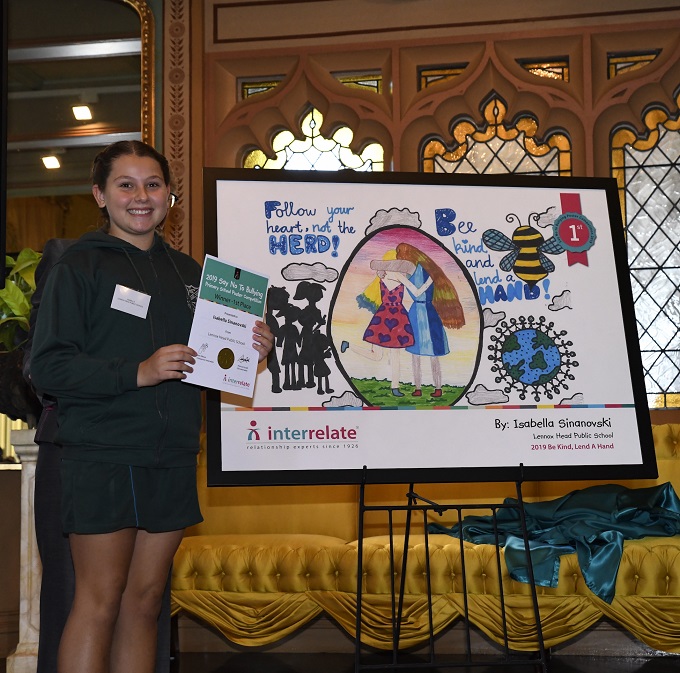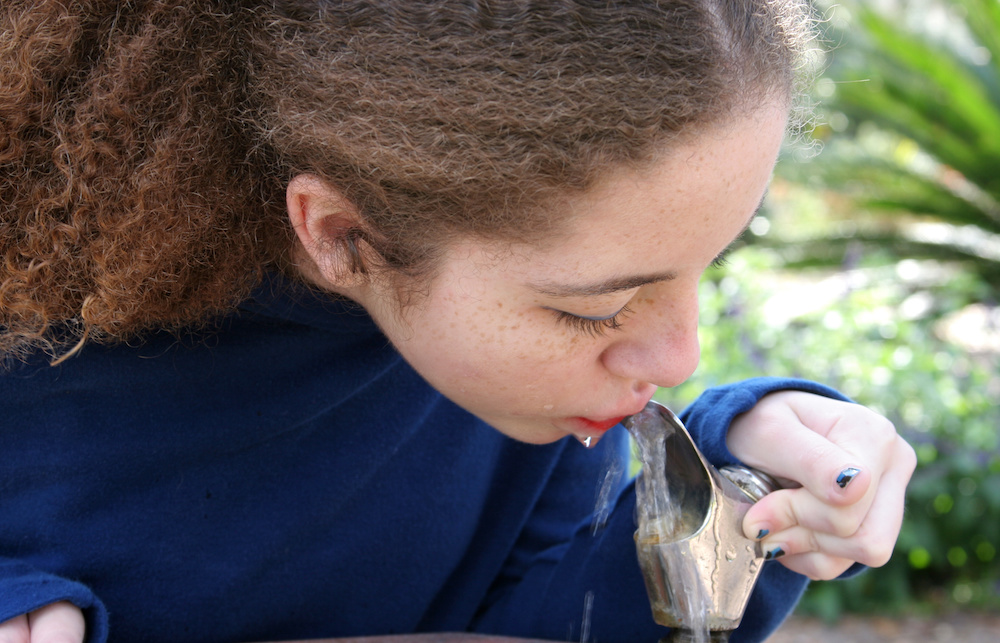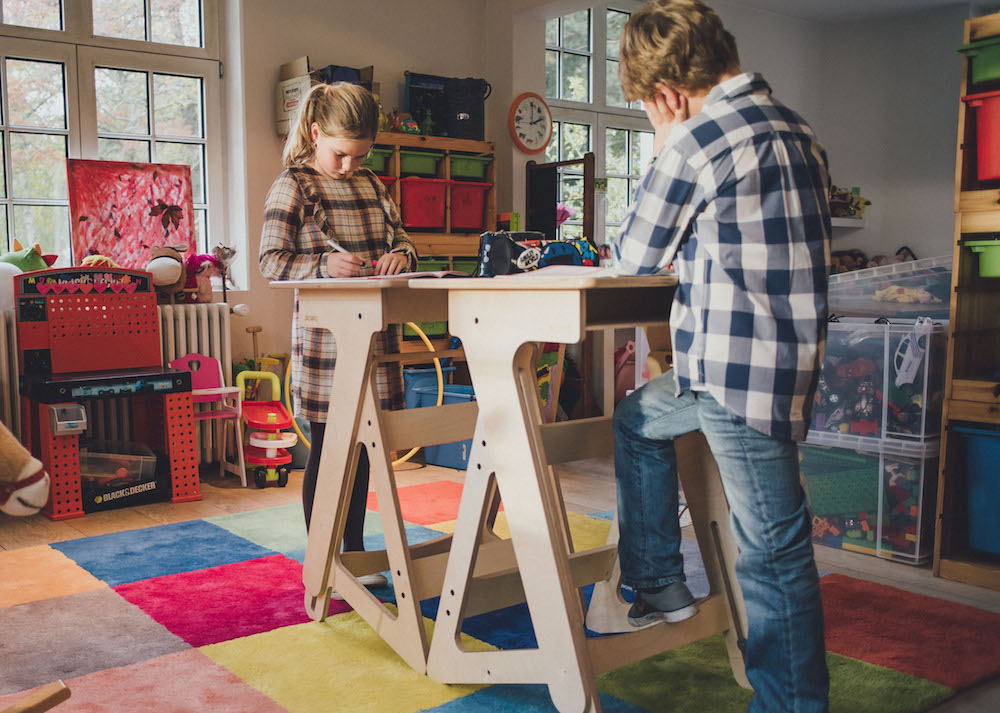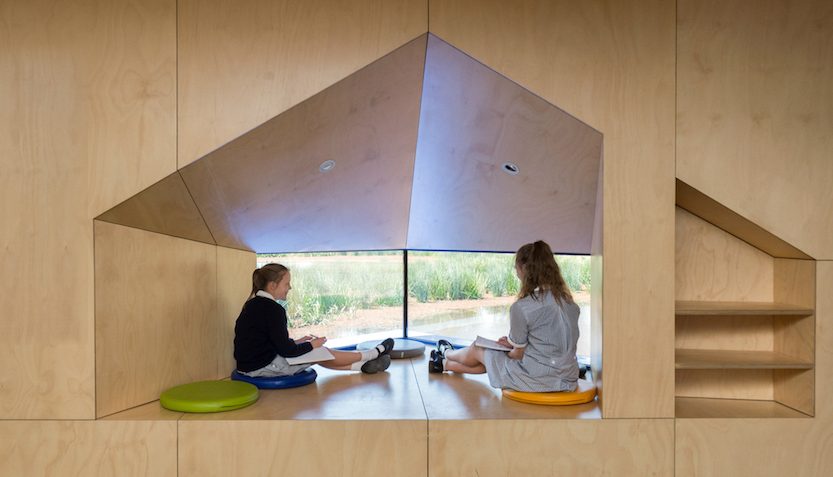
Over recent years, the benefits that humans gain from contact with trees and nature have gained recognition. They call it biophilia, which may seem a curious overstatement with connotations of excess, but then everyone loves a new science word…
Research released by Planet Ark suggests wood-rich learning environments can have a positive effect at least. Last week, Planet Ark released new research into the health benefits of being around wooden objects and surfaces while indoors.
The research report titled ‘Wood, Nature Inspired Design – An update of the Wood – Housing, Health and Humanity report’ builds on the fact that health and happiness benefits associated with spending time outside in nature are well known. These benefits have been studied extensively by the scientific community and reported on by Planet Ark in the report.
The report states: “This love of time in nature has been termed biophilia and explains our innate need to connect with the natural world. This relationship can be extended into the built environment where we work, rest and play. This report outlines the importance of connecting buildings with the natural world and how with ‘Nature Connected Design’ and using wood we can bring nature indoors and provide a healthier, happier environment.”
Modern society has changed its relationship with nature. In the space of a single generation children’s play has moved from outdoors to indoors, the iconic backyard has shrunk, parents have become increasingly anxious about children’s safety, working hours and stress levels have risen and technology (especially screens) has encroached into almost all areas of life.
[pro_ad_display_adzone id=”5852″ align=”left”]However, with wooden furniture (chairs, tables, bookcases etc) and fittings (ceilings, flooring etc) we can bring the benefits of nature inside for children in our schools, homes, and in hospital.
Bendigo’s Marist College features in the report as an example of wood being used to help connect students with nature.
Marist College Bendigo Montagne Centre
The 2016 Australian Timber Design Sustainability Category was awarded to Matt Dwyer and Garry Thompson from Y2 Architecture and Paul Waddell from Three Acres Landscape Architecture for the Marist College Bendigo Montagne Centre.
This building combines the use of timber in a design that connects the internal and external environments. Ironbark and Spotted Gum recycled telephone poles are used to support the exposed primary and secondary glulam timber trusses
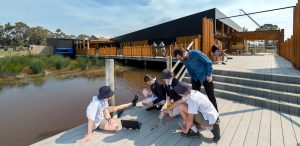
Marist College is linked to water by implementing a system of wetlands and bio-filtration that weaves through the site and is used for on-site treatment of water and storage/use of rainwater. The wetlands provide an ecosystem that breathes life into the school site with native reeds and aquatic plants forming a lush habitat for the local fauna. The eucalypt woodlands found around the site consists of native tree species such as ironbark, yellow box and river red gum.
The school embraces the Reggio Emilia approach to education in which the environment is seen as the third teacher. This applies equally to the inside and outside environments by placing value on aesthetics, organisation, thoughtfulness, provocation, communication and interaction.
Care and attention paid to organising space outdoors stimulates children’s imagination, creativity, exploration, discovery, engagement and sense of wonder.
According to Darren McGregor, principal at Marist College, Bendigo: “The building and the atmosphere that has been created has had a noticeably calming effect on the students.”

